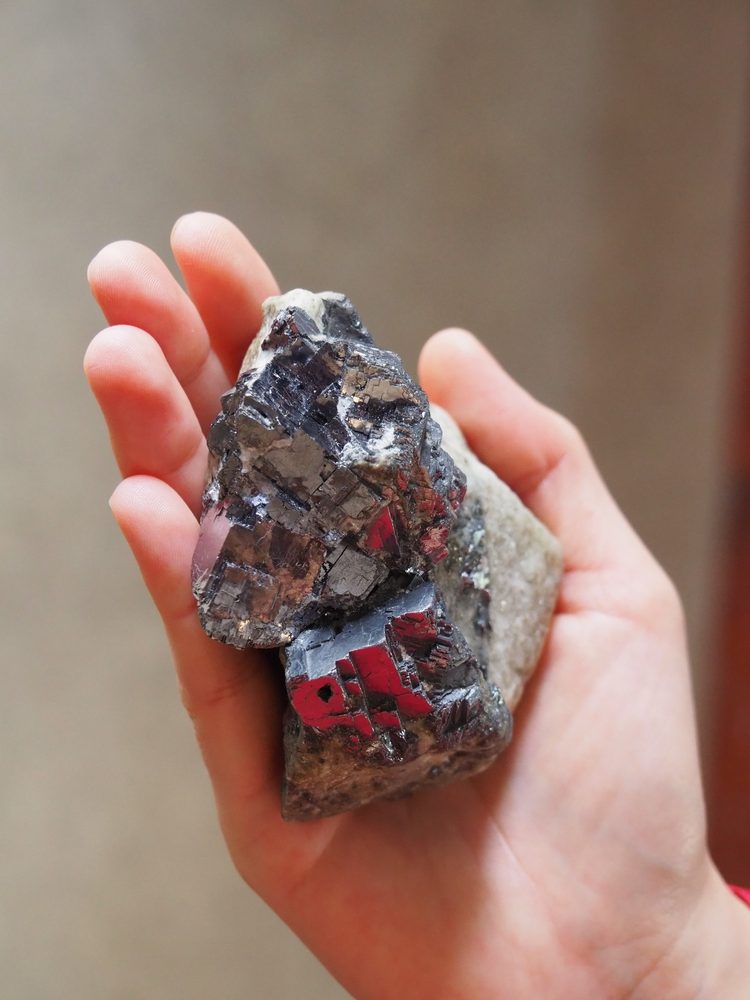In today's rapidly evolving world, metallic minerals play a crucial role in various industries, ranging from construction and manufacturing to technology and renewable energy. Understanding the significance of metallic minerals and their diverse applications is essential for anyone seeking to comprehend the intricacies of these valuable resources. In this blog post, we will delve into the realm of metallic minerals, exploring their types, extraction methods, and their indispensable contributions to our modern society.
- The Definition and Classification of Metallic Minerals:
To comprehend the world of metallic minerals, it is imperative to define and classify them accurately. Metallic minerals are naturally occurring compounds that contain metals in their chemical composition. They can be categorized into two main groups: ferrous and non-ferrous minerals. Ferrous minerals primarily consist of iron and its alloys, while non-ferrous minerals encompass a wide range of metals such as copper, aluminum, gold, silver, and platinum. - Extraction Techniques and Mining Processes:
The extraction of metallic minerals involves various techniques and mining processes, each tailored to the specific characteristics of the deposit. Traditional methods, such as underground mining and open-pit mining, are commonly employed. However, advancements in technology have led to the development of innovative techniques like in-situ leaching and deep-sea mining. These methods ensure efficient extraction while minimizing environmental impact. - Applications in Industries:
Metallic minerals serve as the backbone of numerous industries, contributing to their growth and development. Let's explore some key sectors where metallic minerals find extensive applications:
3.1 Construction and Infrastructure:
Steel, derived from iron ore, is the primary component in construction, providing strength and durability to buildings, bridges, and infrastructure projects. Aluminum, another vital metallic mineral, is widely used in the construction industry due to its lightweight and corrosion-resistant properties.
3.2 Manufacturing and Engineering:
The manufacturing sector heavily relies on metallic minerals for the production of machinery, automobiles, appliances, and electronics. Copper, for instance, is an essential component in electrical wiring and circuitry, while titanium finds applications in aerospace engineering and medical devices.
3.3 Renewable Energy:
The transition towards renewable energy sources necessitates the use of metallic minerals. Rare earth elements, such as neodymium and dysprosium, are crucial for manufacturing wind turbines and electric vehicle batteries. Additionally, silver and platinum are utilized in solar panel technology.
- The Environmental Impact and Sustainability:
While metallic minerals contribute significantly to human progress, their extraction and usage can have adverse environmental consequences. It is crucial to adopt sustainable practices in mining, recycling, and responsible sourcing to mitigate these impacts. Governments, industries, and consumers must collaborate to ensure the long-term availability of metallic minerals while minimizing ecological harm.
Conclusion:
The world of metallic minerals is vast and multifaceted, encompassing a wide range of resources that drive various industries. From their extraction techniques to their applications in construction, manufacturing, and renewable energy, metallic minerals are indispensable to our modern way of life. However, it is imperative to balance their utilization with sustainable practices to preserve our environment for future generations. By understanding the significance of metallic minerals and embracing responsible practices, we can continue to unlock their hidden treasures while safeguarding our planet.

